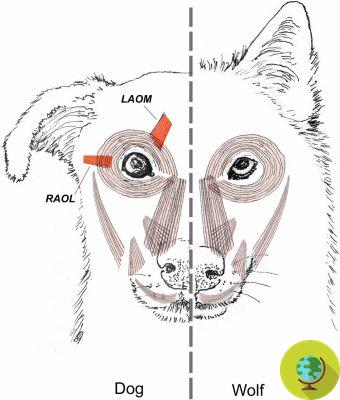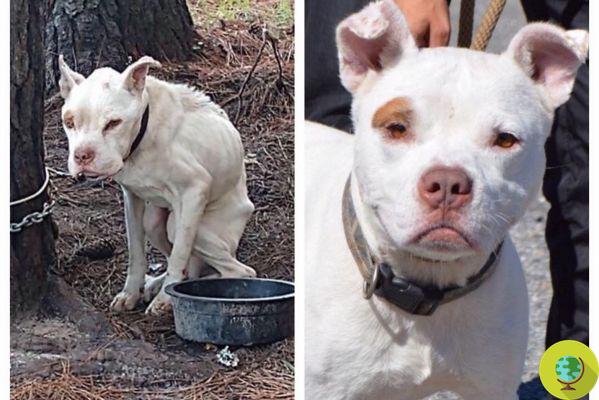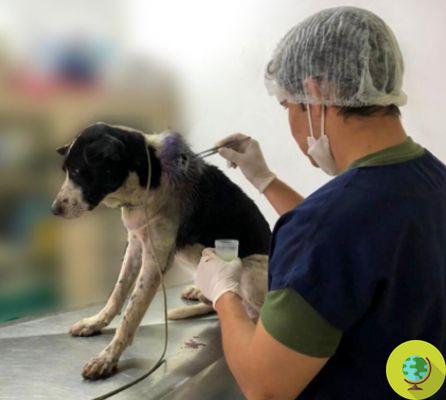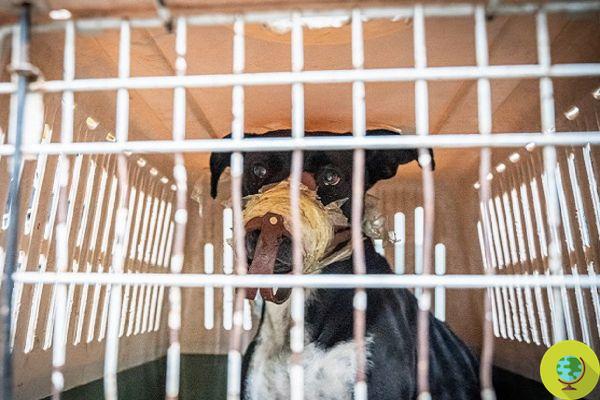
Unfortunately, most people are unaware that Cycas revoluta is toxic, even deadly, to pets.
He is about to end up run over, his mother saves himUnfortunately, most people are unaware that Cycas revoluta is toxic, even deadly, to pets.
Despite its beautiful and completely harmless appearance, Cycas revoluta, also known as the Sago palm, poses an enormous danger, even fatal, to our pets. According to a study published in Science Direct, the ingestion of certain parts of Cycas revoluta is one of the most frequent causes of poisoning for dogs and cats in Europe. (READ ALSO: Do you know metaldehyde? It can kill your dog, it's poison!).
All parts of the Sago palm - usually grown as a houseplant - they are toxic, but the highest level of cycasin toxin is found in seeds. The problem is that the latter, for some reason, are found very appetizing by cats and dogs, and can be tempting even for a child. And yes, because this plant is also toxic to humans. (Read also: the 10 most poisonous plants)
Unfortunately, not many pet owners are aware that this plant is extremely toxic. Recently in the United States the Evans family lost their dogs, Maisy and Murphy, to ingesting the seeds, and has since been dedicated to spreading knowledge about the toxicity of this plant to other families with pets to help prevent these. type of fatal accidents.
Home and dog owners need to be made aware of this sago palm plant. All parts are extremely toxic for dogs, cats and…
Posted by Stephanie Smith Evans on Monday, April 5, 2021
Index
Sago palm toxicity symptoms
If you think your dog or cat may have ingested any part of Cycas, the first thing to do is to go to the vet immediately. The most common symptoms of sago palm ingestion are: vomiting, blood in the stool, diarrhea, decreased appetite, thirst, increased urination, paralysis, abdominal pain, seizures and coma.
Diagnosis
Unfortunately, there is no easy way to diagnose Sago palm poisoning. The vet will need your help to save your pet. Diagnosis without evidence of ingestion is more difficult, but the vet can perform laboratory tests (blood and urine) that can support a diagnosis of Sago palms toxicity. However, if exposure to the plant is reported, the vet can reach a quicker conclusion and begin life-saving therapy sooner.Prevention
To avoid this type of accident, prevention is the best thing. If you really can't remove them, keep the sago palms out of your dog's reach. In general, to prevent cats and dogs from suffering from serious health problems that can even cause their death, we need to know which plants are poisonous to them. So be careful on Palma del Sago, let's protect our four-legged friends!READ also:
- How to keep cats away from pots and plants
- How to prevent the dog from ruining the plants: 5 tricks to take inspiration from
- Beware of salt lamps! They can be dangerous for cats and dogs
- Pesticide collars for dogs, are natural remedies really effective? The response of the veterinarians


























